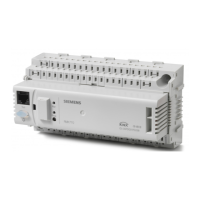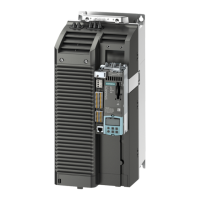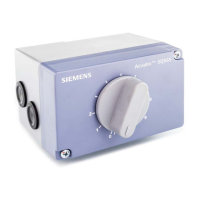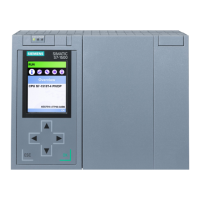86/232
Building Technologies Boiler Sequence Controller RMK770 CE1P3132en
HVAC Products 6 Boiler sequence management 23.04.2009
The moment an additional boiler is switched on, the flow temperature can drop for
some time if the boiler was started up from “cold“. To prevent this undershoot from
instantly switching on another boiler, a waiting time can be set before performance of
the integral is started (TiDly, upward sequence delay).
Main menu > Commissioning > Settings > … or
Main menu > Settings > Boiler sequence manager > Control parameters
Operating line Range Factory setting
Upward sequence integral 0…500 K×min 200 K×min
Upward sequence delay 0…255 min 5 min
Setting the upward sequence integral defines the output deficit that shall cause an
additional boiler to be switched on.
50
47
53
°C
41
44
t
a
t
swiwtch on
TempMnFlow
TempFlowWDem
TempSeqSwitchDiff
3132D05
TempFlowWDem Flow temperature setpoint for performing the integral
TempSeqSwitchDiff Neutral zone (3 K)
TempMnFlow Main flow temperature
t Time
t switch on Time to elapse for boiler to be switched on
During DHW charging, additional boilers can be released more quickly than in normal
heating mode.
Main menu > Commissioning > Settings > … or
Main menu > Settings > Boiler sequence manager > Control parameters
Operating line Range Factory setting
Shortened upward sequence DHW
0…100%
0%
The percentage of the shorter upward sequence for DHW determines how much earlier
the boiler shall be released.
For example, if the value is at 25%, performance of the integral for the second boiler is
started after ¾ of the switch-on delay and the switch-on integral need only be 75% of
the value set. And for every additional boiler, the accelerated performance of the inte-
gral applies. The switch-on delay is at its initial value again.
When there is a valid temperature request, it is always the basic stage of at least one
boiler that is released. If there is no temperature request, all boilers are immediately
locked.
If heat consumption drops, the boilers are switched off based on the temperature
criterion or output balance.
In the case of surplus output, the temperature deviation is accumulated, the same way
as with output shortage. Boilers are locked only if the main flow temperature lies above
the neutral zone about the setpoint.
To ensure that the boilers are switched off in steps, the switch-off integral is restarted
each time a boiler is shut down.
ccelerated release
during DHW charging
Switching boilers off
Switching off via the
temperature-time integral
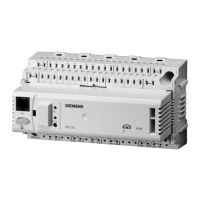
